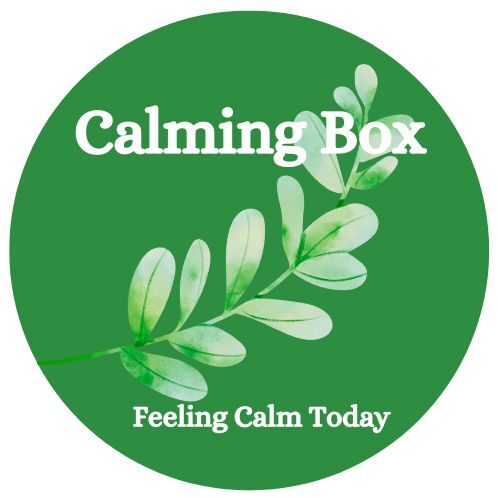PTSD symptoms often get triggered when you’re trying to make changes in your life. These triggered responses prompt you to return to old patterns of avoidance, potentially taking you off stride as you strive to advance toward a new way of living. If you are not aware and careful, these patterns of responding to internal or external triggers can keep you in a downward spiral of PTSD—a phenomenon known as PTSD-related TRAPS (Trigger Response Avoidance Patterns) (Jacobson et al., 2001).
These TRAPS make it difficult to progress toward your big-picture goals and prevent you from feeling accomplished, confident, and hopeful. Avoidance leads to more avoidance, pulling you away from rewarding activities. It is important to recognize when you are in your trap and how to get yourself out of it, by making your own decisions and understanding this is a pattern. It does not define you.
Others may not understand but that is ok because they may not have Complex PTSD.
Your avoidance can sometimes be helpful. For example, it prevents you from driving too quickly or running a red light.
However, it can also be detrimental. Consider someone who avoids parties because they experienced childhood trauma related to bullying or abandonment. Avoidance in this case reinforces fear and prevents connection.
We experience our lives in moments and episodes, and understanding general situations where you are likely to avoid helps you recognize how avoidance keeps you from pursuing value-driven goals.
Use your Calming Box to find the best way to keep moving forward. By regularly practicing how to identify and overcome avoidance patterns in the moment, you can break free from the cycle of PTSD-related TRAPS.
Understanding TRAPS: Trigger, Response, and Avoidance Pattern
- Trigger: A trigger is something that occurs internally or in your environment that elicits a response, often a negative one. Examples include:
- Having a nightmare or daytime memory of a traumatic experience
- Feeling unsafe because something reminds you of your trauma
- Being startled by an unexpected noise or movement.
- Or a question that looks like a threat
- People coming towards you
- Response: This refers to the emotional and physiological impact of the trigger, such as:
- Feeling stressed, angry, sad, or on guard
- Experiencing physical symptoms like sweating, rapid heartbeat, or stomach pain
- Avoidance Pattern: This is how you react to these painful emotions. Examples include:
- Withdrawing from social situations
- Using drugs, excessive exercising or alcohol to numb your emotions
- Becoming emotionally detached from loved ones
Your TRAPS describe how post-traumatic stress distortions manifest in your daily life. Emotional or psychological reactions to traumatic reminders are intrusive PTSD symptoms, which arise due to learned conditioning—when your brain associates certain sights, sounds, smells, or situations with past trauma. The avoidance patterns that follow these triggered responses represent PTSD avoidance symptoms, which create distance between you and the painful memories or emotions.
Increasing Awareness and Breaking Free from TRAPS
Let’s work together to increase your awareness of specific PTSD triggers and emotional responses. Here are some examples:
- Trigger: Watching a violent movie → Response: Anxiety
- Trigger: Discussion of childhood neglect → Response: Shame
- Trigger: Feeling helpless → Response: Anger
- Trigger: Anniversary of a loved one’s accidental death → Response: Grief
- Trigger: Images of a natural disaster → Response: Sweating, racing heart
- Trigger: Driving past the scene of a past accident → Response: Stomach pains, sweating
Your Calming Box is your path to working gently through these responses, bringing peace and acceptance into your life. There is nothing wrong with you that a little awareness and practice won’t shift!
Pulling back the layers safely and gently. No one is judging you although that thought may cross your mind. Don’t listen to others as they do not have your experience nor your wisdom.
You can keep going.

